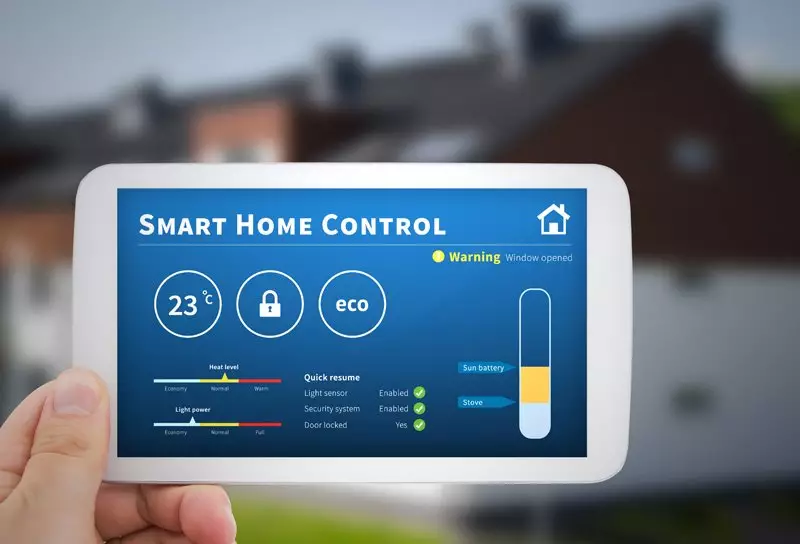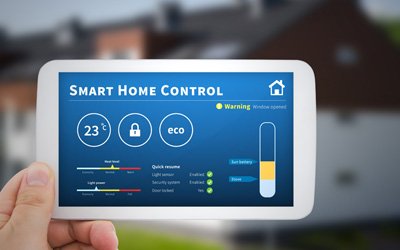The Internet of Things is coming, and that means more and more of us are soon going to be living in smart homes.
There were 80 million smart home devices delivered worldwide last year, an increase of 64% from the previous year. 25% of UK consumers currently own at least one smart home device.
But it’s not regular consumers who are benefitting the most from connected home technology. Those with disabilities are seeing a marked impact on their levels of independence, as technology allows them to have greater control over their own homes.

Connected homes
One of the key ways that people with disabilities are seeing an improvement on their independence is through the use of connected homeware. For example, Apple’s HomeKit or Samsung’s SmartThings. These bits of software act as a centralised point to control many different devices all across the home.
To give you an example, Samsung’s SmartThings include connected lightbulbs, thermostats, plug sockets, fridges, locks, sensors and more.
For someone with limited mobility, being able to control almost all of the utilities in your home from your phone can be a real game changer. If paired with a voice-activated assistant, like Amazon’s Alexa, then these products are even able to be controlled via voice.
With Apple’s HomeKit, you can even select different customised “scenes” to trigger a sequence of connected devices to perform coordinated actions.
For example, upon arriving home, you could trigger the lights to turn on, switch the security alarm off and turn the thermostat up. All with one simple tap of a button, or a spoken phrase.
Triggering “scenes” such as this can be absolutely revolutionary for someone who would otherwise take a long time to do all these tasks individually.
It’s about independence
The ability for people with limited mobility to do things like turn off a light or easily change the temperature of their heating isn’t a simple convenience. Instead, it is a moment of empowerment and independence.
Being able to use your phone to control all the different aspects of the room can be incredibly liberating. Prior to this, many people with disabilities rely on other people a lot. Whether it’s to turn on light switches, help with communication or simply for accessibility.
By giving people the option to access almost any device in their home with just a spoken phrase, you allow anyone to become independent.
Unlimited accessibility
The features that can be operated in a smart home are nearly unlimited. Pretty much everything can be controlled through the Apple HomeKit or Samsung SmartThings.
Automated doors and lighting, automatic door openers, remote controlled plug sockets, counters and cabinets that can be lowered and raised, central heating, air conditioning, speakers, security, thermostats, fridges and locks can all be controlled from one central place – a phone.
Having all these features be remote controlled allows people with disabilities to live better, more independent lives. There is no doubt about it, this technology is truly a breakthrough when it comes to accessibility. We can only hope that this technology continues to grow and enrich the lives of people with disabilities all across the globe.






